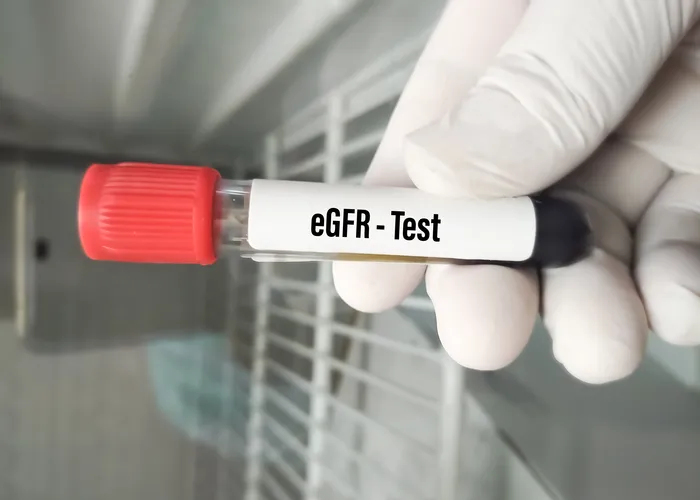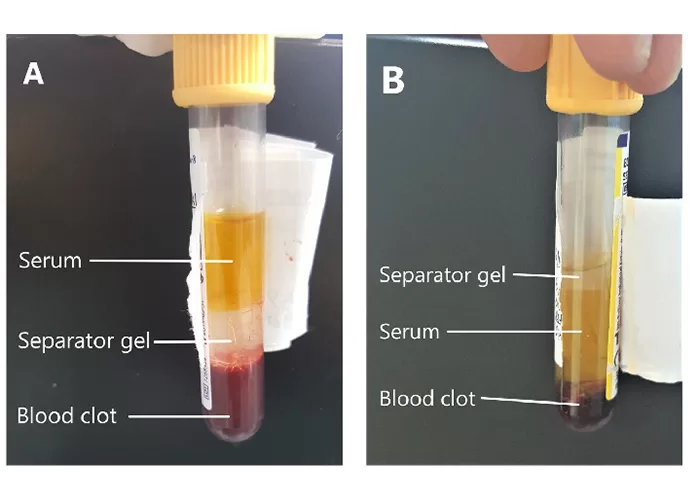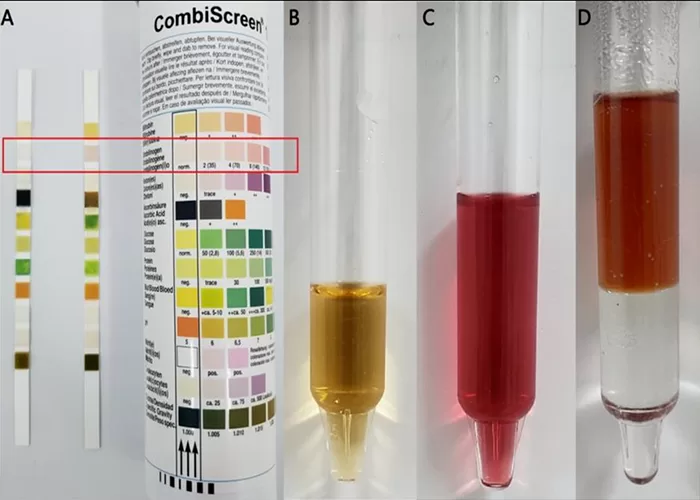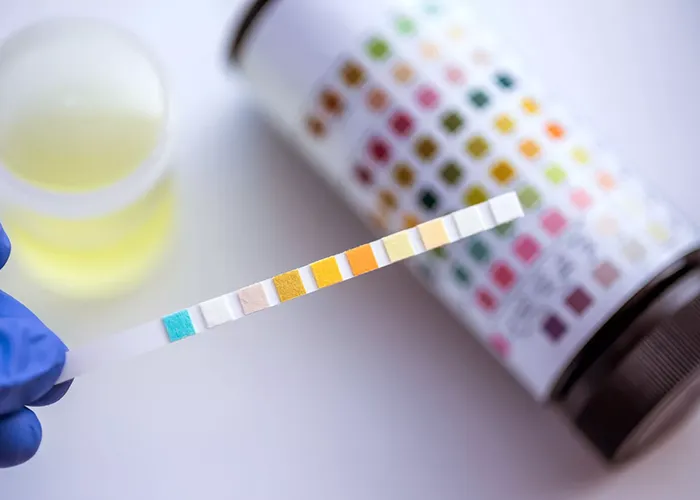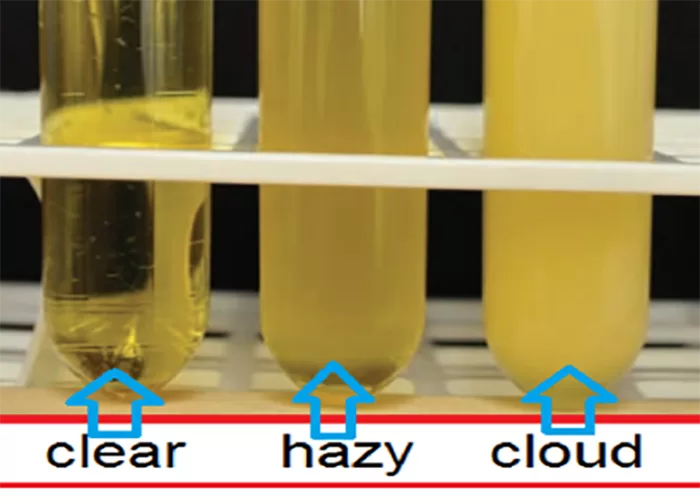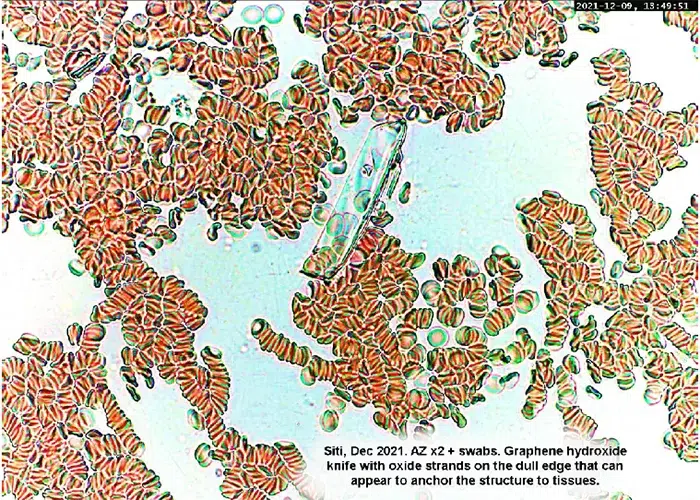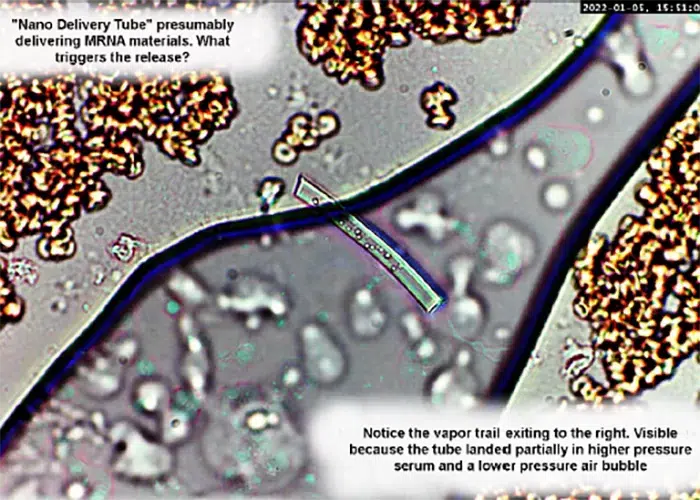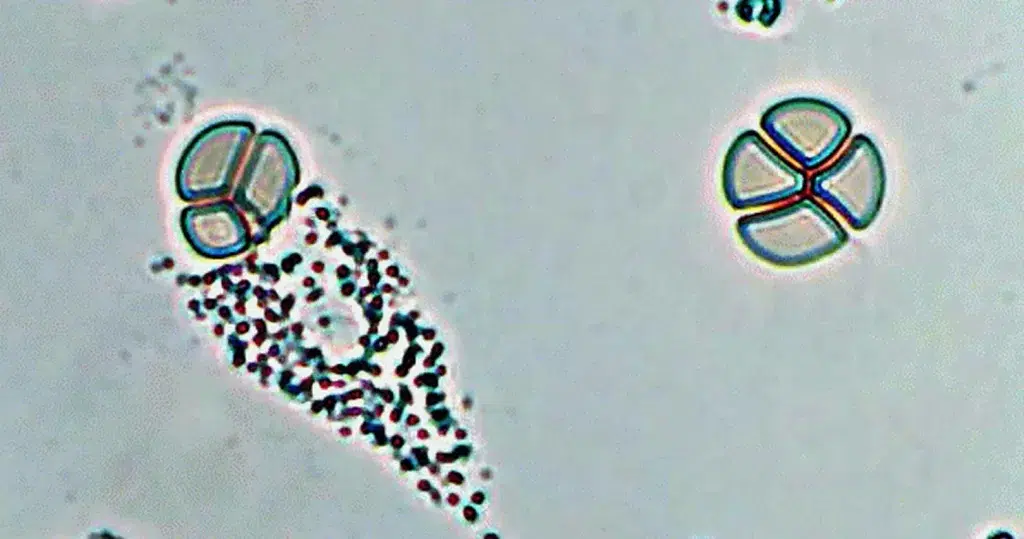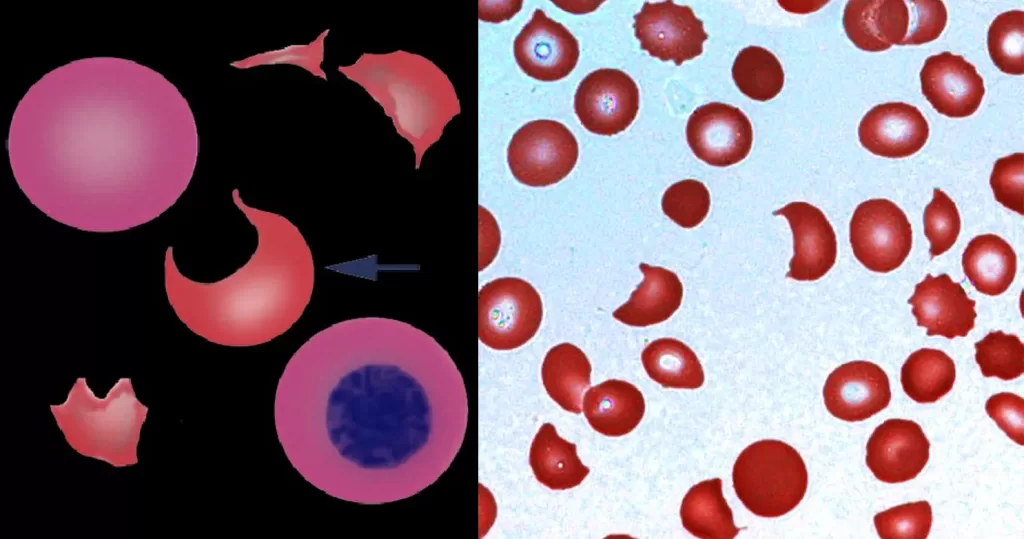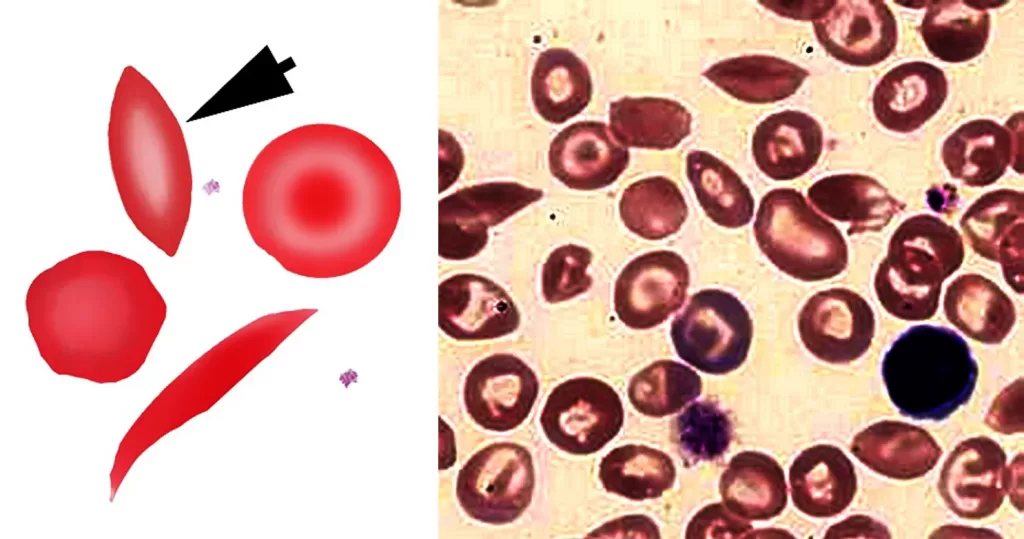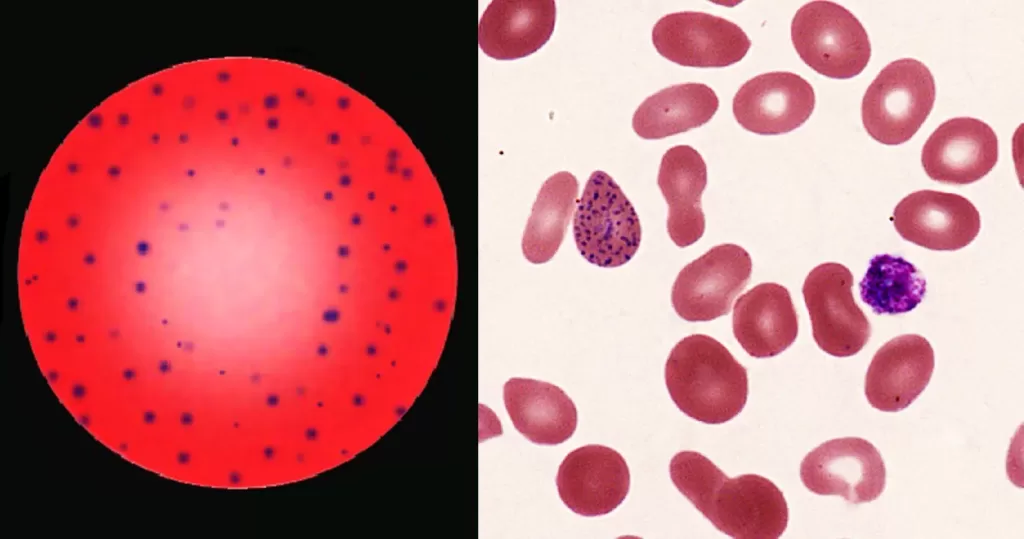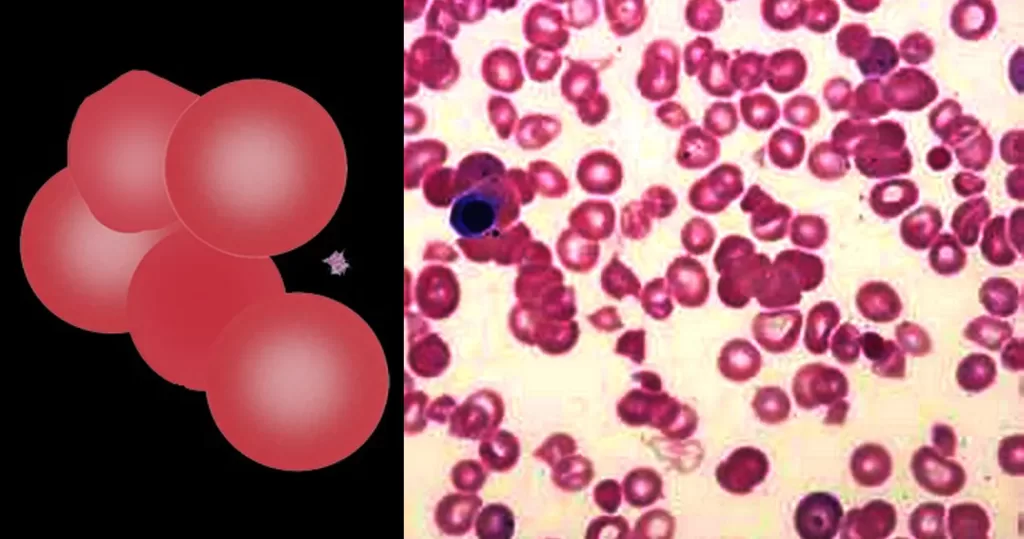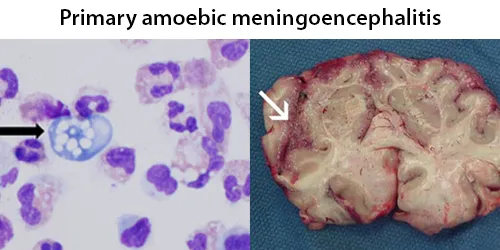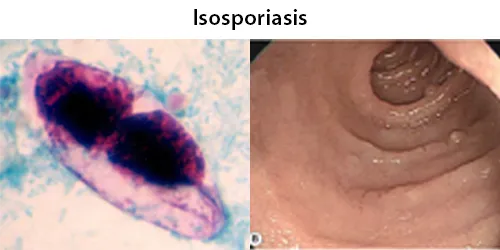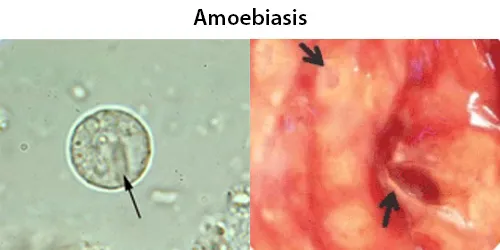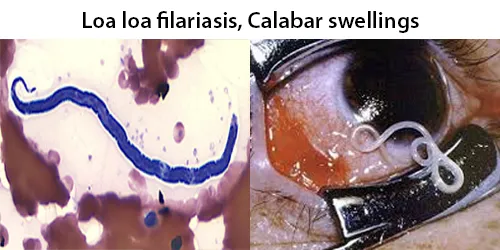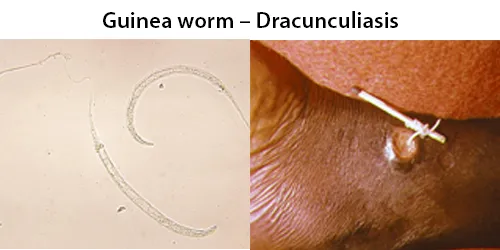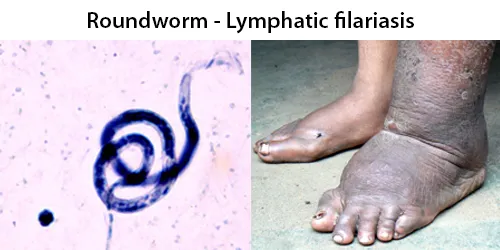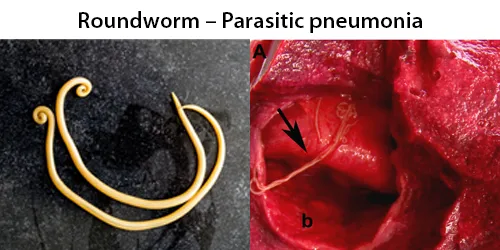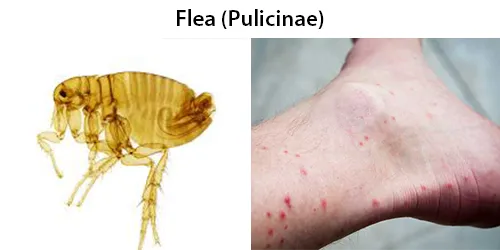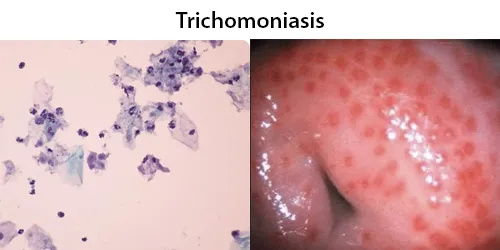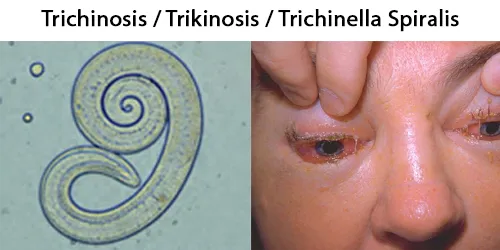Skin Cancer Screening & Diagnosis
From Women’s Health Resource
For more up-to-date information, please go to their web site:
http://www.wdxcyber.com/skin_cancer_diagnosis.html
One of the most important factors contributing to the success of cancer
treatment is how early a case of cancer is detected. This is true for
almost all types of cancer, including skin cancer. By recognizing the early signs of skin cancer, a more appropriate treatment can be selected. Indeed, by some estimates, nearly all cases of skin cancers would be curable if only they were caught earlier.
Skin Examinations: Detecting Signs of Skin Cancer
Regular skin examinations are one of the best diagnostic tools in the early detection of skin cancer. These can (and should) be performed
both by yourself as well as by a doctor. These exams are particularly effective in detecting warning signs of melanoma.
When performing skin cancer self exams, you should especially be looking for the appearance of moles. When evaluating whether or not a
mole is a cause for concern, experts recommend using the ABCDE rule:
| A is for asymmetry. Look for moles that are not symmetrical (don’t look the same on both sides).B is for border. Also keep an eye out for any moles that have blurry or jagged outlines.
C is for color. You should be concerned if the color of your mole changes (i.e. darkening, spread or loss of color, multiple colors). D is for diameter. Moles larger than 1/4 inch in diameter should be brought to the attention of a medical professional. E is for elevation. Raised or uneven moles could be a sign of skin cancer. |
You doctor will be looking for similar patterns when he does a clinical
skin evaluation. This should be performed on a yearly basis. For those
with a greater risk of skin cancer, such as those with a family history of the condition, however, exams should be performed more often.
Getting a Skin Cancer Diagnosis: Skin Biopsies
While self-examinations are often an effective tool for detecting early signs of skin cancer, in order to make an accurate diagnosis your doctor will need to perform a biopsy, in which a small sample of skin is removed for analysis by a pathologist. Prior to receiving the biopsy, you will likely be given a local anesthetic to numb the area under investigation.
There are several types of biopsies currently used to diagnose skin cancer. What type your doctor will choose will depend on what type of cancer is suspected and the extent of the presence of suspicious cells.
Shave biopsy. Using a tool similar to a razor. In general, a shave biopsy will not This type of biopsy involves removing the skin require stitches.Punch biopsy. A punch biopsy requires the doctor to use a circular tool to remove a small section of the skin’s deeper layers. Stitches are usually required, as the wound generally extends about 1/4 inch deep.
Excisional biopsy. This slightly more invasive procedure involves the removal of the entire visible growth or abnormal skin tissue. For patients with nonmelanoma skin cancer, such as squamous cell carcinoma or basal cell carcinoma, this may be the only treatment necessary.
Incisional biopsy. An incisional biopsy involves the removal of only a sample of the suspicious cells using a scalpel. Stitches may be required, depending on the amount of skin removed. This is the most common type of biopsy performed.
Biopsies are effective tools for evaluating both the presence of cancerous cells as well as the extent (or grade) of the cancer, which is normally expressed on a scale of 1 (least aggressive) to 4 (most aggressive). Generally, the results take one or two days to establish; however, your doctor will inform you of how long of a wait you should expect.
__________
Skin Cancer Diagnosis
From Timothy DiChiara, Ph.D., former About.com Guide
Updated: July 13, 2009
About.com Health’s Disease and Condition content is reviewed by the Medical Review Board
Reader stories are not monitored by About.com’s Medical Review Board.
Skin Cancer BiopsyMelanoma Skin Cancer Basal Cell Skin Cancer Questions an…























